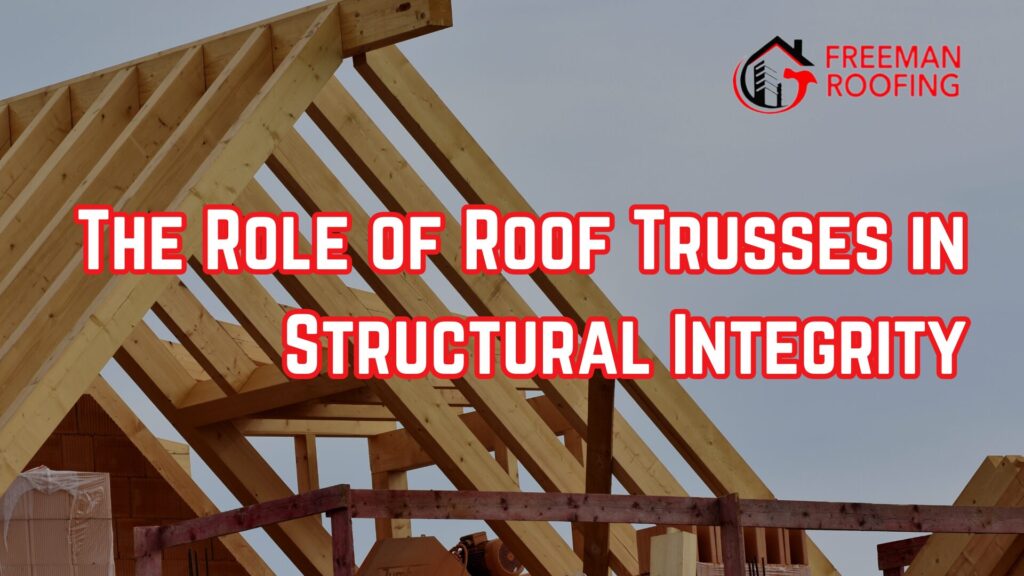The Role of Roof Trusses in Structural Integrity

Roof trusses and how they contribute to the overall strength and stability of your home. This article will delve into the importance when it comes to the structural integrity of your home, the roof plays a pivotal role. Within that critical element, roof trusses are the unsung heroes, providing the essential framework that supports the entire roof structure.
What are Roof Supports?
Roof trusses are prefabricated triangular structures typically made of wood or engineered lumber. They are designed to efficiently transfer the weight of the roof covering (shingles, tiles, etc.), snow, and wind loads to the supporting walls of the building. This intricate system of interconnected members provides the necessary strength and rigidity to support the roof.
For more on roofing materials, check out our guide on roofing types.
The Importance of Roof Supports in Structural Integrity
- Load-Bearing Capacity: Roof trusses are designed to efficiently distribute the weight of the roof and any external loads (such as snow or heavy winds) across the supporting walls of the building. This ensures that the weight is evenly distributed, preventing excessive stress on any single point. For more details, read about roof load calculations.
- Spanning Capability: Roof trusses allow for larger spans between supporting walls, which can significantly impact the floor plan and interior design of your home. Learn more about spanning techniques in architecture.
- Cost-Effectiveness: Prefabricated trusses are generally more cost-effective than traditional rafter systems, as they can be manufactured quickly and efficiently off-site. Check out this blog post about building materials cost-saving tips.
- Improved Energy Efficiency: Properly designed trusses can contribute to improved energy efficiency by creating a well-insulated and airtight roof assembly. This can help reduce heating and cooling costs. For more tips on energy efficiency, explore our home insulation guide.
Types of Roof Trusses
There are various types of roof trusses available, each designed for specific purposes and roof styles. Some common types include:
- Common Rafter Truss: A simple truss design suitable for low-slope roofs.
- King Post Truss: Features a vertical post in the center to support the ridge board.
- Queen Post Truss: Similar to the king post truss, but with two vertical posts supporting the ridge.
- Fink Truss: A popular choice for residential construction, featuring a series of angled members that form a distinctive “W” shape. You can read more about the Fink Truss design here.
- Gambrel Truss: Creates a distinctive “barn roof” appearance with two different slopes on each side.
Choosing the Right Roof Trusses
The selection of appropriate roof trusses depends on several factors, including:
- Roof span and slope
- Building code requirements
- Architectural style
- Local climate and weather conditions
It is crucial to consult with a qualified structural engineer or architect to determine the most suitable truss design for your specific project. To connect with local engineers in your area, visit our list of trusted professionals.
Conclusion
Roof trusses play a critical role in the structural integrity and overall performance of your home. By understanding their function and selecting the appropriate truss design, you can ensure a strong, durable, and energy-efficient roof that will provide years of reliable service.
For more on roof repairs and upgrades, check out our Roof Repair Tips and Choosing Roofing Contractors.
